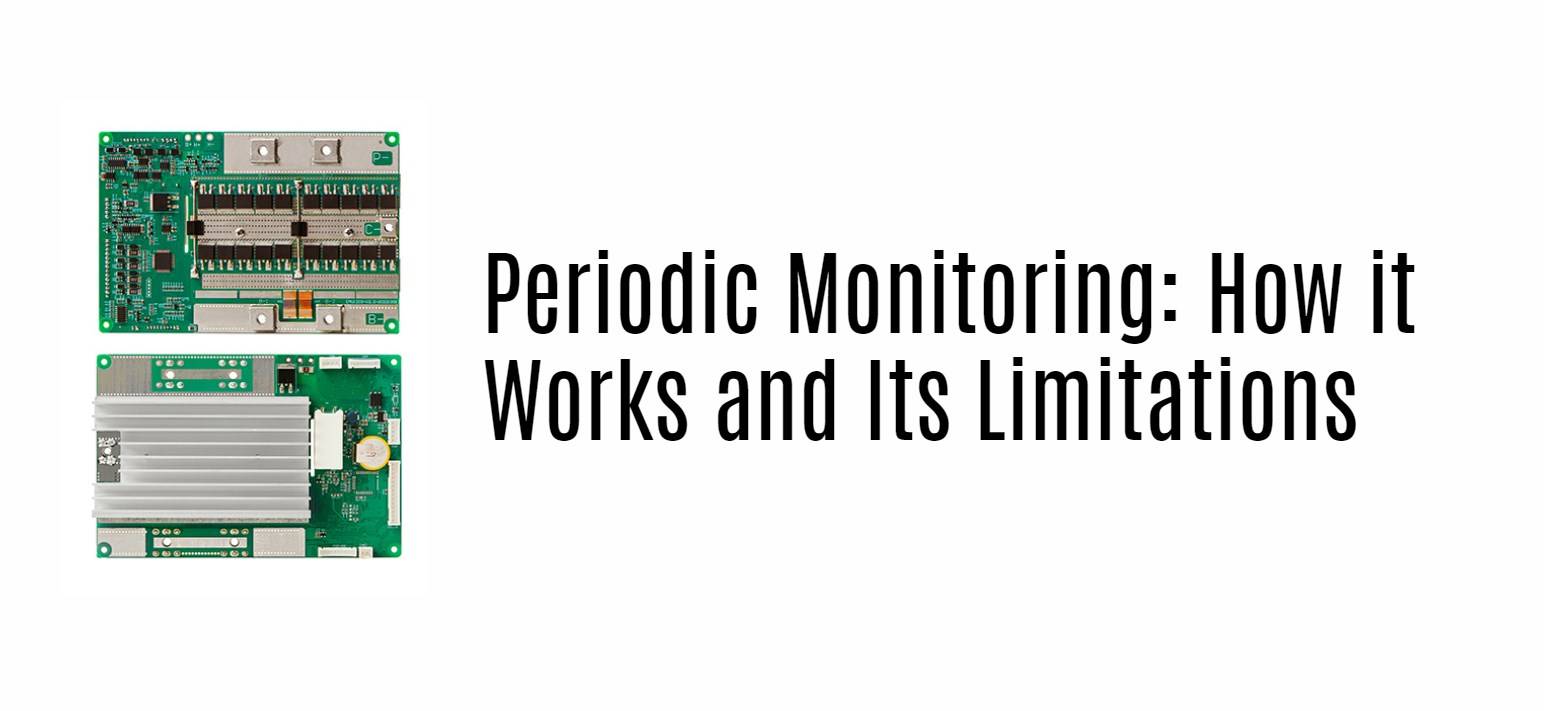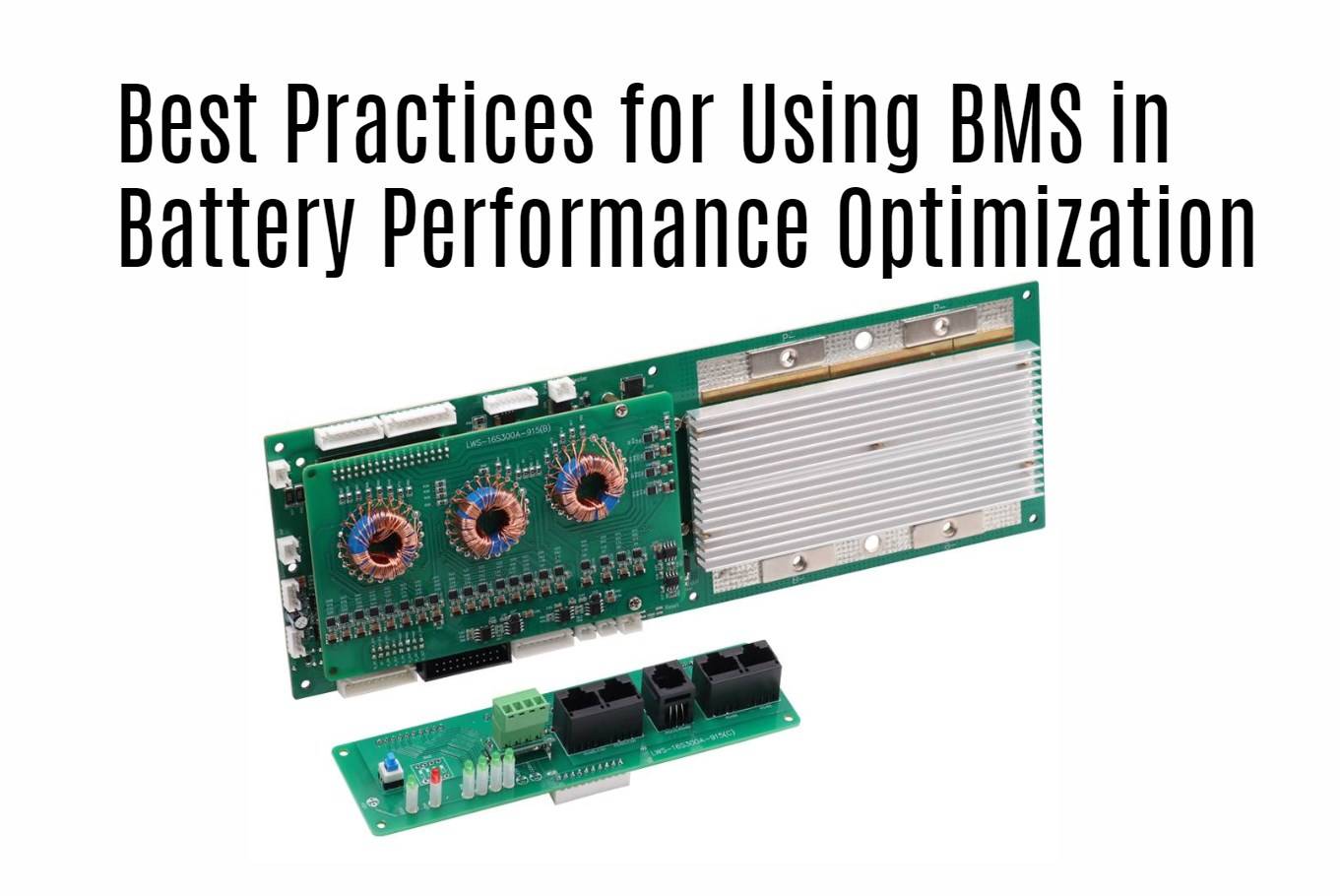
Blog
How Do Real-time Monitoring and Periodic Monitoring Optimize Battery Performance in BMS?

Real-time monitoring and periodic monitoring are two essential approaches used in battery management systems (BMS) to optimize battery performance. Real-time monitoring provides continuous data on battery conditions, allowing for immediate responses to issues, while periodic monitoring collects data at set intervals, offering insights into long-term trends. Understanding these methods can significantly enhance battery efficiency and longevity.
How does real-time monitoring enhance battery performance in battery management systems?
Real-time monitoring involves continuous tracking of key parameters such as voltage, current, temperature, and state of charge (SoC) within a battery pack. This method allows for immediate detection of anomalies, enabling swift corrective actions that prevent potential damage or inefficiencies.Chart Title: Benefits of Real-Time Monitoring
| Benefit | Description |
|---|---|
| Immediate Fault Detection | Identifies issues as they occur |
| Enhanced Safety | Reduces risk of thermal runaway or overcharging |
| Optimized Performance | Allows for adjustments based on real-time data |
What is periodic monitoring, and how does it function?
Periodic monitoring collects data at predetermined intervals (e.g., hourly, daily, or weekly). While this method provides a snapshot of battery performance over time, it may miss sudden changes that require immediate attention.Chart Title: Overview of Periodic Monitoring
| Interval Frequency | Data Collection Method | Use Case |
|---|---|---|
| Hourly | Data logged every hour | Regular checks for equipment status |
| Daily | Daily summary reports | Long-term trend analysis |
| Weekly | Weekly performance review | Routine maintenance checks |
What are the advantages of real-time monitoring over periodic monitoring?
Real-time monitoring offers several advantages:
- Proactive Maintenance: Enables immediate responses to issues, reducing downtime.
- Enhanced Data Accuracy: Provides continuous updates that reflect current conditions.
- Improved Efficiency: Allows for dynamic adjustments to charging and discharging processes based on real-time insights.
What are the limitations of periodic monitoring in battery management systems?
Periodic monitoring has notable limitations:
- Delayed Response: Potential issues may go undetected until the next scheduled check.
- Less Accurate Data: Snapshots may not reflect rapid changes in battery conditions.
Chart Title: Limitations of Periodic Monitoring
| Limitation | Impact |
|---|---|
| Delayed Issue Detection | Increased risk of equipment failure |
| Inaccurate Performance Insights | Missed opportunities for optimization |
How do real-time and periodic monitoring methods compare in terms of efficiency and effectiveness?
In terms of efficiency, real-time monitoring requires more resources due to constant data collection but provides immediate insights that can prevent costly failures. Conversely, periodic monitoring is resource-efficient but may lead to reactive rather than proactive maintenance strategies.Chart Title: Efficiency Comparison
| Method | Efficiency Level | Effectiveness Level |
|---|---|---|
| Real-Time Monitoring | High | Very High |
| Periodic Monitoring | Moderate | Moderate |
Why is continuous data collection critical for optimizing battery performance?
Continuous data collection is crucial because it allows for ongoing assessment and adjustment of battery operations. This proactive approach helps identify trends that could indicate potential failures or inefficiencies, leading to timely interventions that enhance overall performance.
What are the latest trends in battery monitoring technologies?
Recent advancements include:
- Smart Sensors: Devices capable of providing granular data on individual cell performance.
- AI Integration: Machine learning algorithms that analyze data trends to predict potential issues before they arise.
These innovations aim to improve both real-time and periodic monitoring capabilities, making them more effective at optimizing battery performance.
FAQ Section
What is real-time monitoring in BMS?
Real-time monitoring continuously tracks key parameters of a battery pack, allowing for immediate detection and response to anomalies.How does periodic monitoring work?
Periodic monitoring collects data at set intervals to provide snapshots of battery performance over time but may miss sudden changes.What are the benefits of real-time over periodic monitoring?
Real-time monitoring offers proactive maintenance, enhanced accuracy, and improved efficiency compared to periodic methods.What risks are associated with relying solely on periodic monitoring?
Relying solely on periodic monitoring can lead to delayed issue detection and missed opportunities for optimization.
Industrial News
Recent developments in battery management technology have highlighted a shift towards integrating more sophisticated real-time monitoring systems. Companies are increasingly adopting smart sensors and AI-driven analytics to enhance their BMS capabilities. This trend aims to improve operational efficiency while reducing maintenance costs by allowing for proactive rather than reactive approaches to battery management.
Redway Power Insights
“Adopting real-time monitoring technologies is not just about immediate gains; it’s about building a sustainable future for energy management,” states an expert at Redway Power. “By leveraging continuous data collection, organizations can significantly enhance their operational efficiencies while ensuring the longevity of their battery systems.”

















